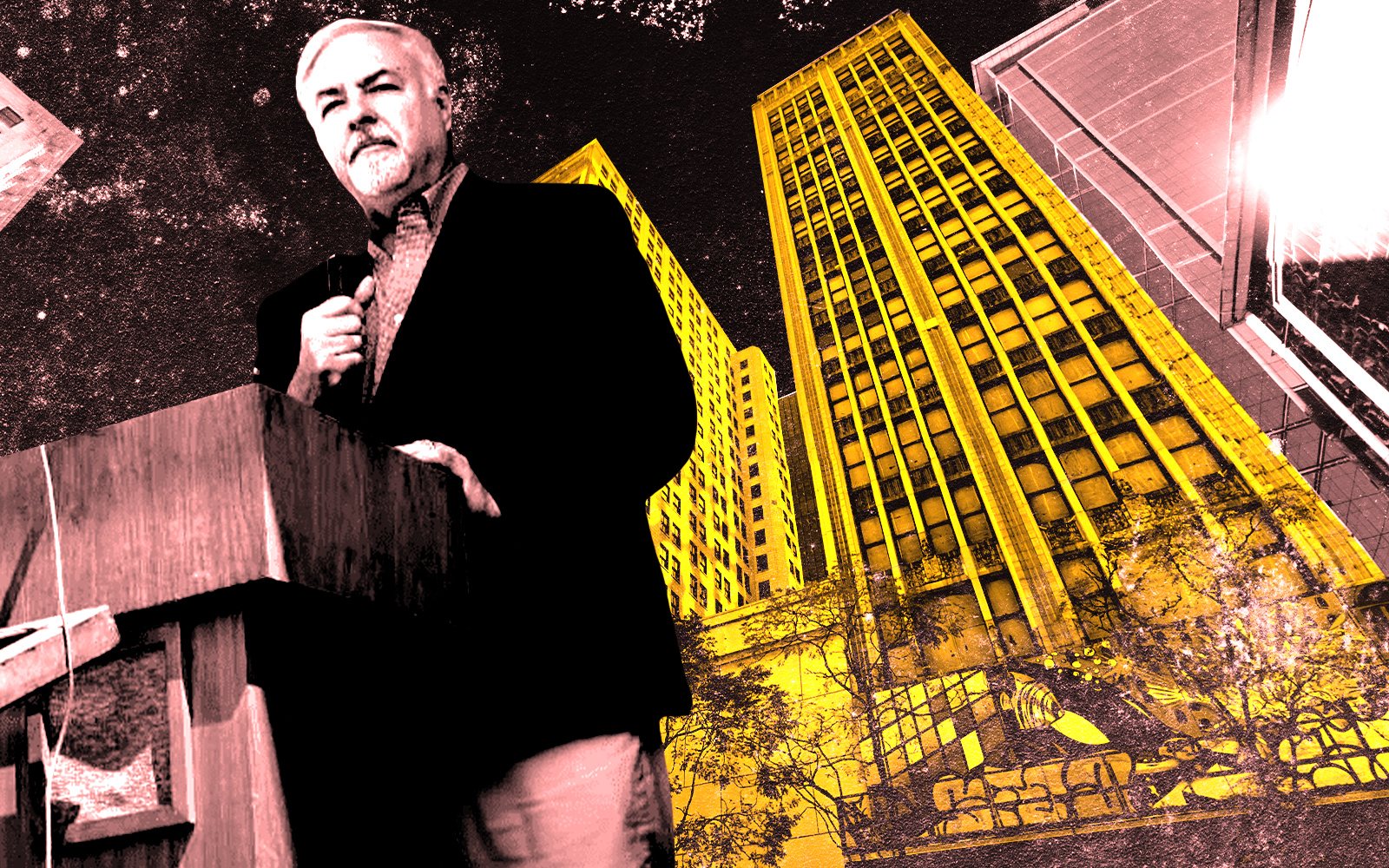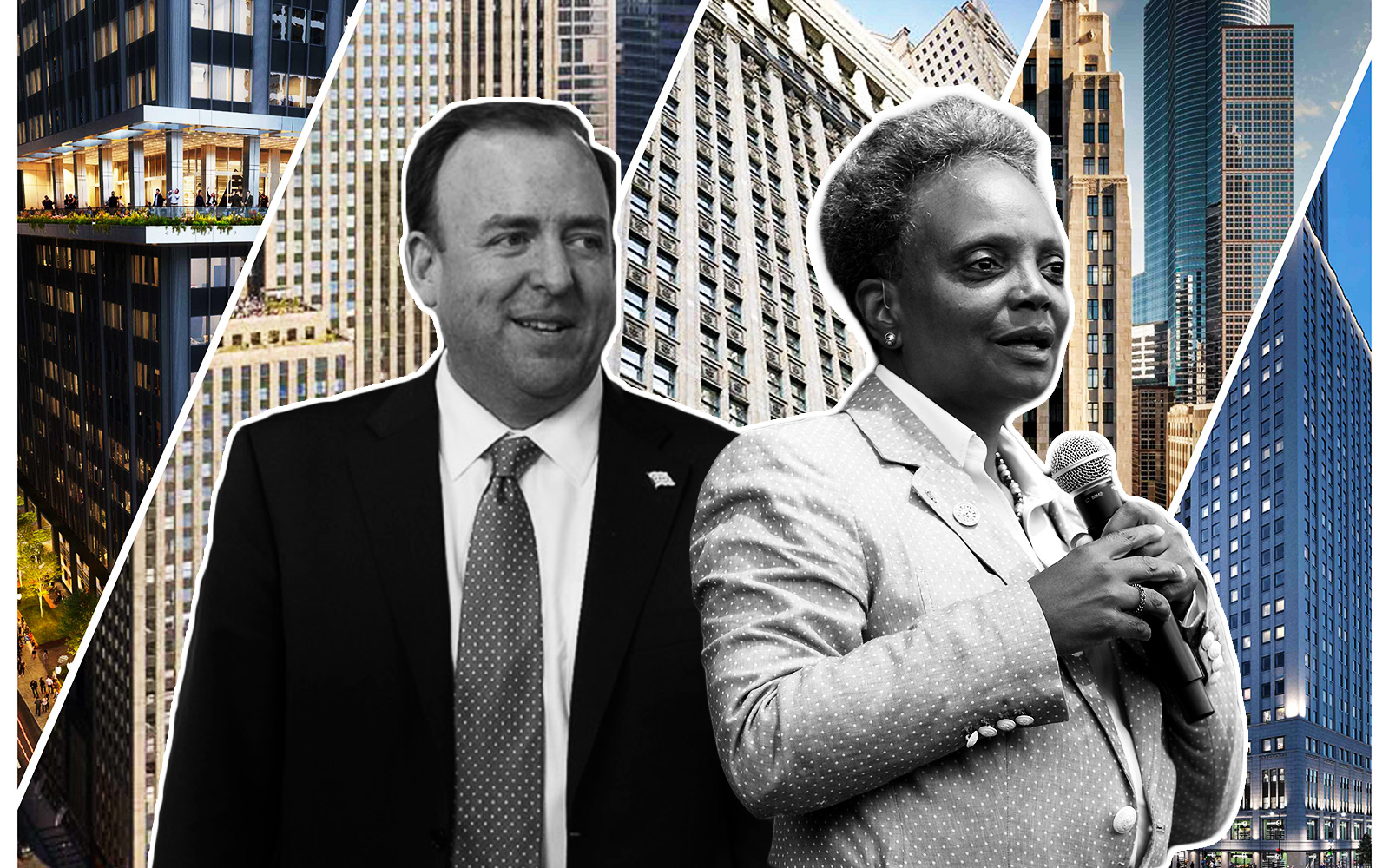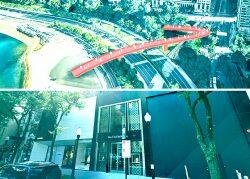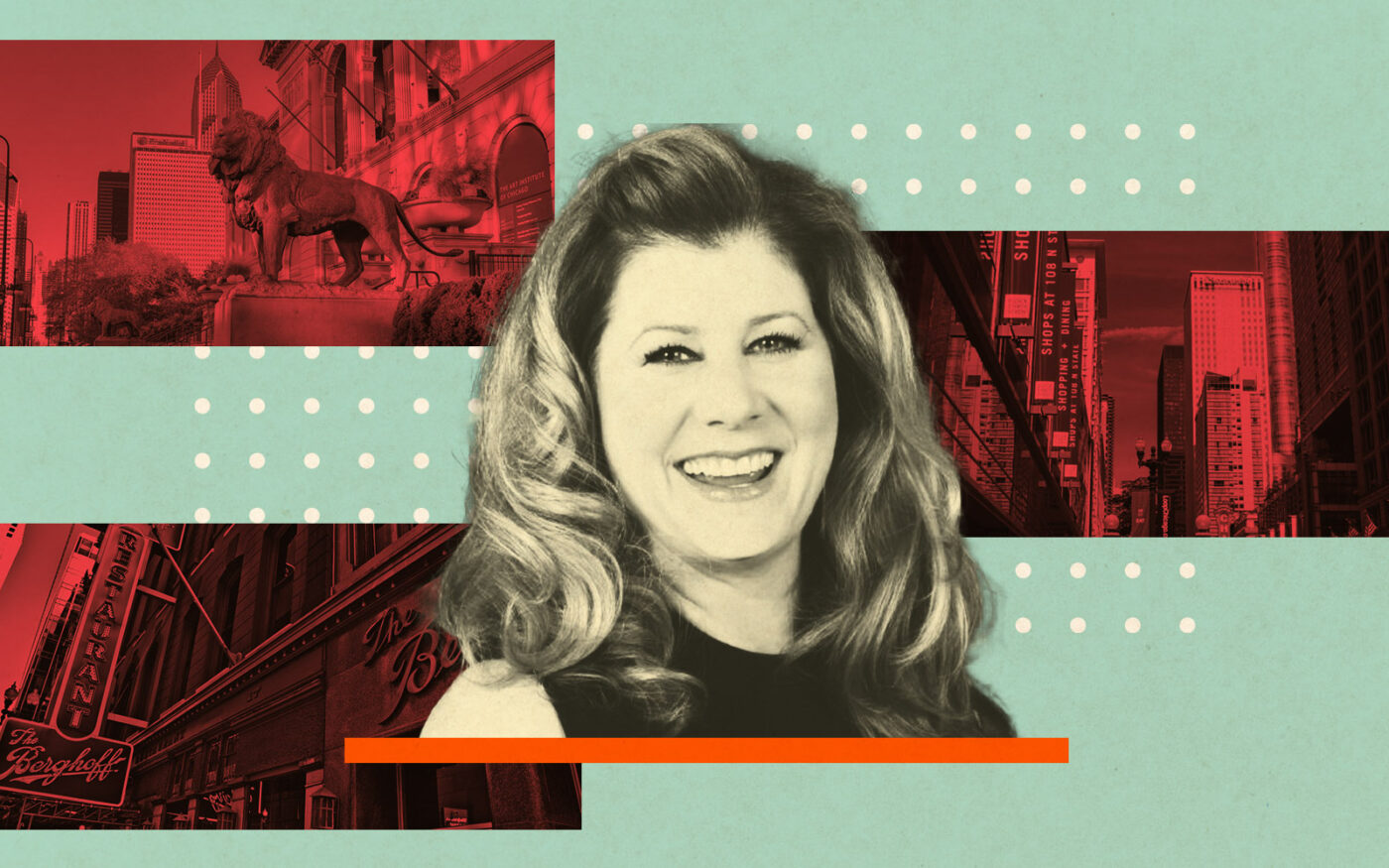A team of real estate experts and urban planners are putting their heads together to rejuvenate State Street and other parts of Chicago that have seen a mass exodus of retailers in light of the pandemic.
The Urban Land Institute will host a public forum tonight discussing ways to help downtown regain its vibrancy and cultivating a vision for turning State Street into a “playful, engaging and welcoming space,” Crain’s reported.
Foot traffic in the Central Loop area pales in comparison to pre-pandemic days, and a slew of retailers have shuttered their doors amid an increase of online shopping. Plus, the remote-work era has caused office vacancies to skyrocket, bringing less business to local shops and restaurants. The result: a plethora of empty storefronts and less lively downtown.
To revitalize State Street and other once-vibrant corridors, vacant or poor-performing properties should be repurposed in a way that leans more on Chicago’s cultural scene, rather than household retailers, according to the ULI.
For State Street, the 12-member ULI panel formed the idea of dividing a nine-block stretch through the Loop from Wacker to Ida B. Wells drives into three districts, each designed to attract large crowds for different reasons.
The area north of Washington street would be revamped as a new Chicago Downtown Arts District that hosts events and festivals. To achieve this, curbs along a portion of the street would need to be removed.
The center third, between Washington and Monroe streets, would serve as the retail anchor, with stretches of specific themes like culinary, youth or fashion. Planters along this section of State Street would be replaced with seating areas to encourage people to stay longer or dine while they shop. Another idea that the panel suggested is to redesign retail canopies and CTA stairwells, putting a bigger spotlight on storefronts to turn the corridor into a destination rather than a thoroughfare.
The area south of Monroe — where vacancies are especially high and two towers are at risk of demolition — will likely be the most challenging part of State Street to revitalize. The panel aims to transform this southern portion into a “civic and educational district,” with space inside the Harold Washington Library designated as a community center. The goal is to capitalize on the concentration of students attending nearby institutions, like DePaul and Roosevelt universities.
— Quinn Donoghue
Read more



